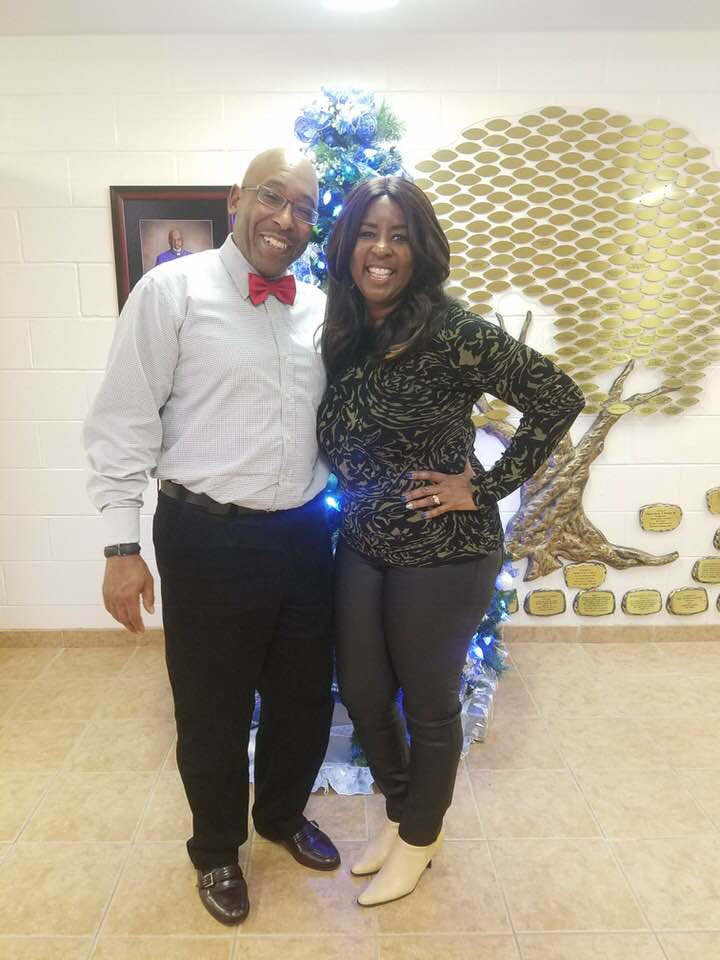Unlocking the Truth: Are Marriage Licenses Public? Navigating the Maze of Marriage Records
Marriage, an age-old institution, symbolizes the union of hearts and souls. Yet, beyond the romance lies the administrative realm, where the issuance of a marriage license stands as a pivotal step. But what happens to this document once it’s signed, sealed, and delivered? Are marriage licenses public records? Let’s unravel the mystery and explore the accessibility and privacy of marriage records, delving into the labyrinth of legality and love.
At its core, a marriage license is a legal document issued by governmental authorities, authorizing couples to tie the knot. These documents carry significant weight, serving as tangible proof of a couple’s commitment. However, their journey doesn’t end at “I do.” Once filed, marriage licenses become part of the public record, stored, and managed by designated agencies, such as county clerk’s offices or vital records departments. Consequently, details within these licenses, including the names of the betrothed, the date of marriage, and the location, are considered public information.
The accessibility of marriage records varies depending on jurisdiction. In some regions, accessing these records is a straightforward process, with individuals able to view or procure copies in person or through online databases. Conversely, other locales may impose stricter regulations, requiring formal requests or valid reasons for accessing the records. Nevertheless, the overarching principle remains constant: marriage records are public documents, accessible to those who seek them.
Public access to marriage records serves multifaceted purposes. Firstly, it fosters transparency and accountability within society, ensuring that the marriage registration process is conducted impartially. Moreover, it enables individuals to verify the marital status of others, a crucial aspect in legal and financial transactions. Additionally, marriage records hold immense value for historical and genealogical research, offering insights into ancestral lineage and demographic trends.
However, amid the benefits of accessibility lurks the shadow of privacy concerns. In an era dominated by data protection and privacy rights, individuals may feel uneasy about the prospect of their marital information being readily available to the public. Marriage records contain sensitive details that some may prefer to keep confidential, such as previous marriages or personal identifiers.
To address these concerns, jurisdictions have implemented measures to safeguard individuals’ privacy while maintaining public access to marriage records. These measures may include redacting sensitive information from publicly available records or allowing individuals to request restricted access to their own marriage records. By striking a balance between transparency and privacy, governments aim to uphold the integrity of marriage records while respecting individuals’ rights.
Furthermore, technological advancements have revolutionized the landscape of accessing marriage records. Many government agencies now offer online portals, allowing individuals to search for and request copies of marriage records remotely. While these digital platforms enhance convenience and accessibility, they also raise cybersecurity concerns. Governments must prioritize robust cybersecurity measures to protect the confidentiality of marriage records in the digital age.
In summary, marriage licenses are indeed public records, accessible to those who seek them. While public access promotes transparency, accountability, and historical research, it also raises legitimate privacy concerns. By implementing safeguards and embracing technological advancements responsibly, governments can ensure that marriage records serve their intended purposes while respecting individuals’ privacy rights. So, the next time you ponder the transparency of marriage, remember: the truth lies within the public record.



